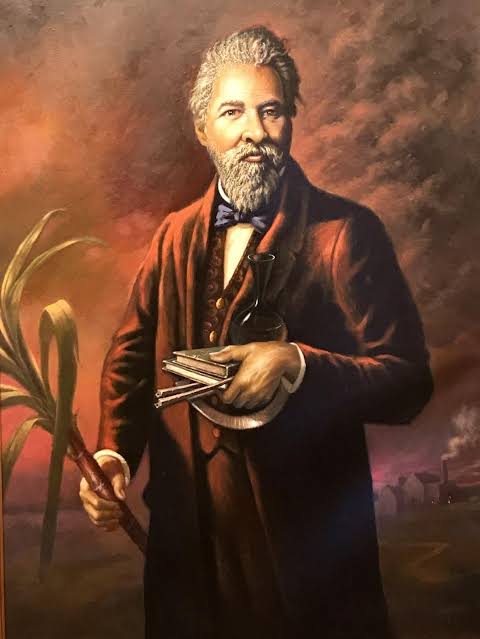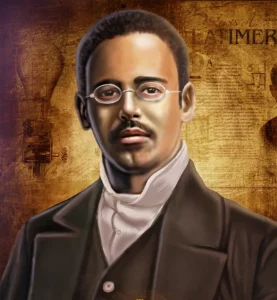As Black History Month comes to a close, MetroConnects would like to take a moment to recognize African American water pioneers. In the face of slavery, segregation and discrimination, these water professionals broke boundaries. Their innovations continue today to contribute to water system design and the safeguarding of our most precious resource.
Norbert Rillieux (1806-1894)
 Norbert Rillieux was born to a white father and a “free woman of color,” Constance Vivant, in 1806 in New Orleans. His father, the inventor Vincent Rillieux, recognized his son’s interest in engineering at a young age and sent him to be educated in France, where he would have more opportunities as a Black man. By the time he was 24, Rillieux was teaching applied mechanics at the Ecole Centrale in Paris. Around 1830, he published a series of papers on steam engines and steam power. His biggest claim to fame is inventing ways to harness the energy of vapors rising from boiling sugar cane syrup, passing those vapors through several chambers, and leaving purified sugar crystals behind. Rillieux’s evaporator was a safer, cheaper, and more efficient way of evaporating sugar cane juice than the method that was in use at the time, and remains in use today.
Norbert Rillieux was born to a white father and a “free woman of color,” Constance Vivant, in 1806 in New Orleans. His father, the inventor Vincent Rillieux, recognized his son’s interest in engineering at a young age and sent him to be educated in France, where he would have more opportunities as a Black man. By the time he was 24, Rillieux was teaching applied mechanics at the Ecole Centrale in Paris. Around 1830, he published a series of papers on steam engines and steam power. His biggest claim to fame is inventing ways to harness the energy of vapors rising from boiling sugar cane syrup, passing those vapors through several chambers, and leaving purified sugar crystals behind. Rillieux’s evaporator was a safer, cheaper, and more efficient way of evaporating sugar cane juice than the method that was in use at the time, and remains in use today.
Having been recognized for the importance of his invention, Rillieux returned to the United States in the 1930s, where he becoming a sought-after engineer for Louisiana sugar plantations. While in Louisiana, Rillieux put together a plan to help modernize New Orleans’ sewer system, which would have helped to drain areas where mosquitos were breeding during the Yellow fever epidemic of the 1850s. His plan, however, was rejected, only to be implemented later when it was proposed by white engineers. During this time, Rillieux was also barred by law from staying as a guest on the premises of any of the plantations where he worked to install his sugar evaporators. As the Civil War approached, the legal status of free Black people became more precarious, especially in the South, and so Rillieux returned to France where he turned his inquestive eye to the study of Egyptian hieroglyphs at the Bibliotheque Nationale. He was buried in the famed cemetery Pere Lachaise in Paris in 1894.
Lewis Howard Latimer (1848-1928)
 Lewis Howard Latimer was an African American inventor who worked in the water sector in a variety of capacities in the 19th and 20th centuries. His inventions included the evaporative air conditioner, an improved process for manufacturing carbon filaments for light bulbs, and importantly for travelers, an improved toilet system for railroad cars!
Lewis Howard Latimer was an African American inventor who worked in the water sector in a variety of capacities in the 19th and 20th centuries. His inventions included the evaporative air conditioner, an improved process for manufacturing carbon filaments for light bulbs, and importantly for travelers, an improved toilet system for railroad cars!
Latimer was the son of two formerly enslaved people who had escaped to the north in 1842. His father was captured and tried, represented by none other than Frederick Douglass. He later was able to purchase his freedom and went to live with his wife and children, including Lewis, in Massachusetts.
When he was 16, young Latimer joined the Navy during the Civil War. He received an honorable discharge in 1865, and began working as an office boy with a patent law firm. This is where he began to learn his trade, eventually being promoted to the position of head draftsman after his talent for sketching drafts of patents was recognized. Among his many inventions was a forerunner of the air conditioner called “Apparatus for cooling and disinfecting,” and, of course, the ever important improvements he made to the traveling train toilet.